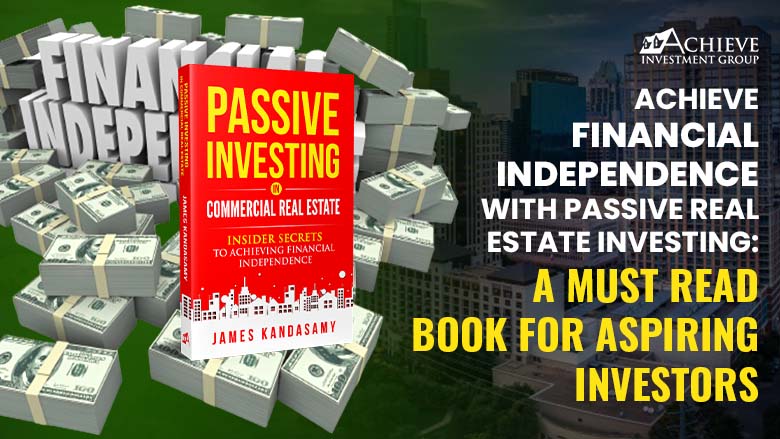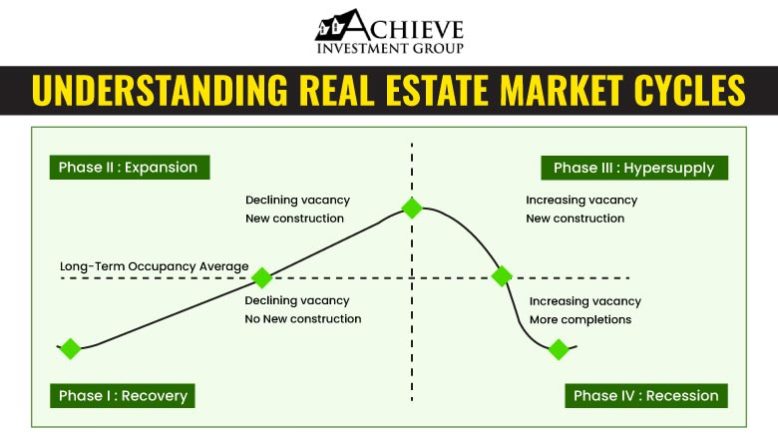Have you ever wondered why wealthy people, like Grant Cardone, who earns millions of dollars providing Fortune 500 companies, small businesses and entrepreneurs with an interactive sales training platform, hold $350 million in multifamily property throughout the United States? What does multifamily real estate investment provide the wealthy that other investment vehicles, such as stocks, bonds, mutual funds, commodities or precious metals, do not provide ?
Here’s why.
1) Tax Breaks Due to Depreciation
Most wealthy people invest in multifamily real estate to get the paper benefits of asset depreciation deductions in taxable income. Basically, what that means is that the IRS will consider an asset to be depreciating in value every year even though, in reality, the value may be appreciating. The tax deduction due to depreciation will allow the investors to show investment loss on paper even though the asset may have cash flow and appreciate. This loss will flow through your personal income tax calculation, thus reducing your total taxable income.
2) Leverage Other People’s Time (OPT)
The wealthy do not have much time to devote to business other than their core business or occupation. To conserve their time, they like to invest passively with other real estate syndicators. Syndicators are multifamily real estate investors that find a great deal, get it financed and do the property and asset management. These tactics allow the wealthy to reap the benefits of real estate investing while conserving their time for their primary business or occupation.
3) No Personal Guarantee Loans
An investor can get a non-recourse loan for multifamily real estate loans above $1 million. Non-recourse debt, or a non-recourse loan, is a secured loan (debt) that is secured by a pledge of real estate property for which the borrower is not personally liable. This is contrary to the usual recourse loan whereby investors allow their personal assets, such as personal savings, primary residence and car, to be exposed to lawsuits in case the investment turns south. The wealthy love this feature of big real estate deals. It protects their wealth while making money on their investments.
4) Leverage Other People’s Money (OPM)
Real estate is the only investment where you can buy an investment 15-45% below market value, pay 20-25% of your own money and finance a balance of 75-80%. Banks or any other financial institutions love to finance assets. The truth is that the bigger the loan, the more attractive it is for banks. Banks loves the wealthy’s net worth, liquidity and capability to pay back loans in case of any downside. With leverage, a borrower can invest in more property with a fixed lump sum of money.
5) Wealth Preservation
Technology can replace many jobs. However, every human being needs a place to live as part of survival. Parking wealth inside multifamily investments that generate cash flow provides long-term income. For multifamily loans above $1 million, investors can get up 75-80% in loan with a fixed interest rate up to 30 years. Real estate values are expected to double every 7-10 years. That means a guaranteed long-term cash flow return with a strong upside for multifamily real estate value appreciation. These factors provide a safe haven for the wealthy to park their wealth in a place that any other business venture or investment vehicle does not provide.
Do you think so ?






